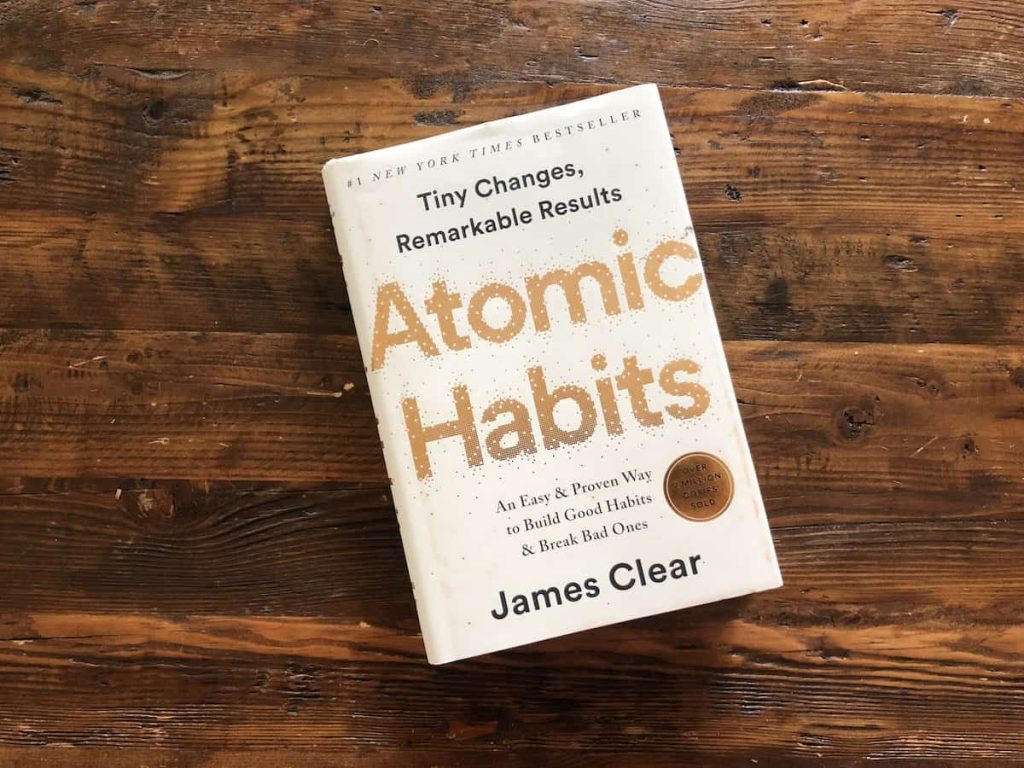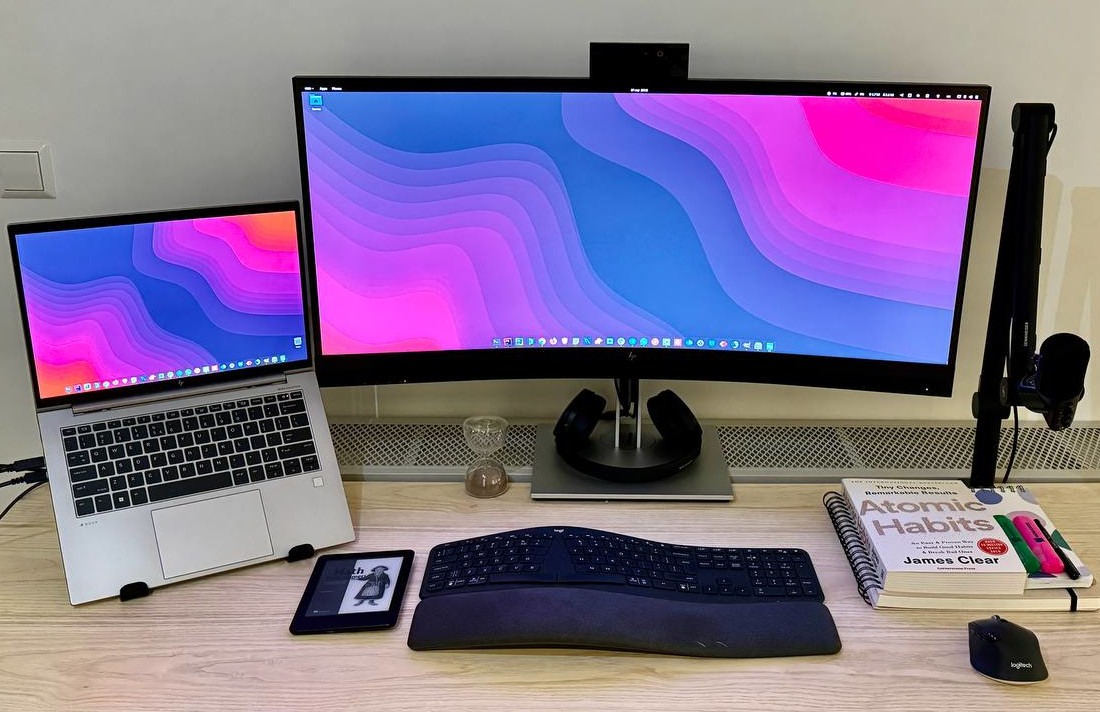Let me paint a picture for you. My entire life, I’ve had a love-hate relationship with planning. I’d dive in headfirst, planning like a superhero, convinced I’d crush every goal, slay procrastination, and remember even the smallest tasks—like calling my mom or finally cleaning that coffee machine. Spoiler: I failed. Every. Single. Time.
I’ve tried everything—Jira (for personal planning, seriously), Asana, Trello, Google Calendar, Bullet Journals, Notion, Obsidian… you name it. And you know what? None of them worked. Why? Because it wasn’t the tool that was the problem—it was me. I wanted everything to be perfect. Perfect plans, perfect goals. If I wasn’t planning to do everything, what was the point?
But here’s where it gets interesting. After countless failures (and lots of self-reflection), I learned something: I shouldn’t aim to accomplish everything. That’s right. Not achieving everything should be part of the plan.
So, here’s my evolved philosophy: If I can even stick to 10% of my plan on some days, it’s a win. And you know what? That shift in thinking changed everything.
Enter: Atomic Habits
I stumbled upon the book Atomic Habits by James Clear, and suddenly, my previous trial-and-error experiences started to make sense. The book was filled with strategies that clicked with me, and it had some solid science behind it too. It was like James Clear had been following me around, taking notes on my failures, and then wrote a book just for me.

My Simple System
So, I simplified things. I ditched the fancy apps and complicated systems. I bought a tiny notebook and wrote down my daily to-do list. Next to it, I created an “Ice Box” page for tasks I haven’t quite figured out yet, but know I’ll need to deal with later.
Each day, I check my list and mark things off with a satisfying ✅ or a big fat ❌. If I don’t finish something, no big deal—it gets moved to the next day.
And here’s the fun part: at the end of the week, I take a green marker and highlight my completed tasks, and I mark the uncompleted ones in red. It’s a great visual measure of how I did that week.
Oh, and Journaling!
I also picked up a bigger notebook for journaling, because why not? On day one, I wrote down my big life goals and the habits I wanted to build. Each week, I write a progress report and rate myself from 0 to 10 on how I’m doing.
I started out with a pretty humbling average of 3/10 (ouch), but over time, I’ve worked my way up to above 5. Progress! 🎉
What’s Changed?
Since adopting this simpler planning system, my life has genuinely improved. I’m learning Dutch, studying the mathematics of AI, getting deeper into AWS, meditating regularly, and even (occasionally) updating my blog. The best part? I’ve never been happier with my planning process.
I’m procrastinating less, remembering my promises to friends and family, handling chores without a second thought, paying bills on time, and my brain is no longer trying to juggle a million things at once. It’s all there, written down, waiting for me to tackle it one task at a time.
